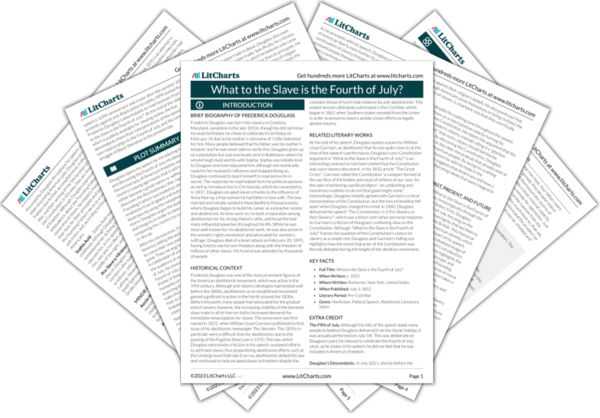Once again, Douglass deliberately uses graphic and upsetting imagery in order to emphasize the horrors of slavery. In this particular instance, he juxtaposes these horrors with his own innocence as a child. Being young and innocent, Douglass struggled to understand the apathy many people around him had towards such intense suffering, hence his relief that Sophia Auld—the mistress he mentions—felt similarly horrified. The implication that their reactions were unusual serves as an indictment of the surrounding society’s general lack of regard for slaves’ lives.
